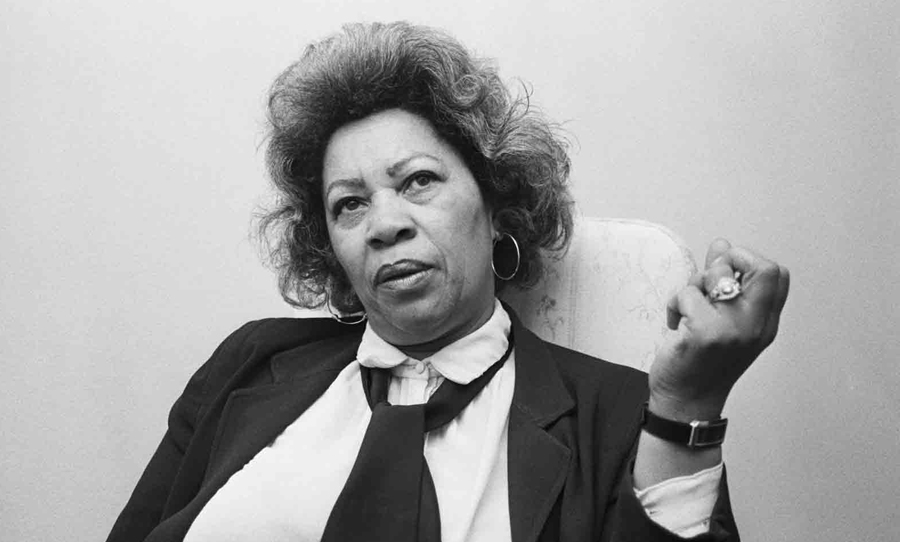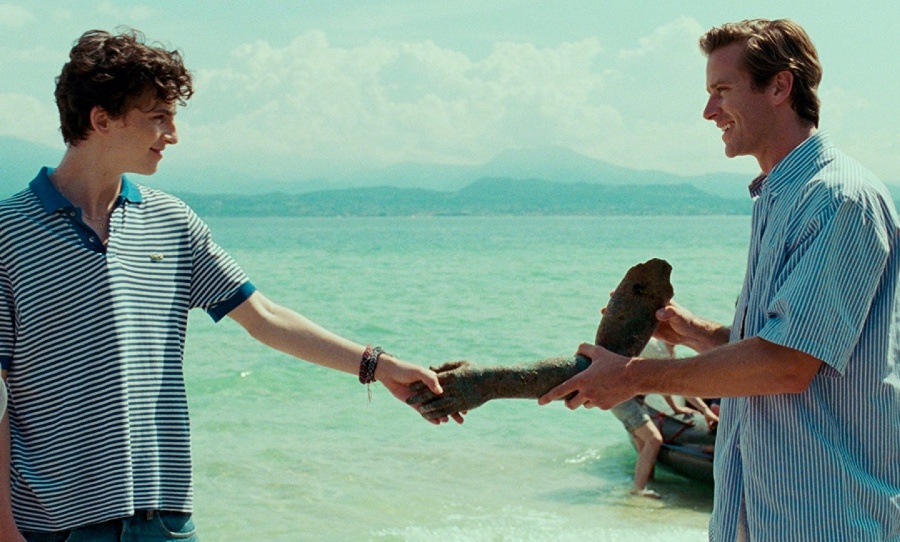We’ve collected the best fiction books from the ’70s – an era of economic struggle, significant cultural change, and most famously, disco!
Reaching even further back into the nostalgia of the past — our weekly “best fiction books” has travelled back in time to the ’70s! The era marked Watergate and the end of the Vietnam War in the United States, Ayatollah Khomeini’s rise to Supreme Leader of Iran, the Golden Age of the USSR, and a multitude of tense socio-political and economic upheavals.
Simultaneously, the world experienced a series of social liberation movements: second-wave feminism, environmental protests, the Black nationalist movement, and youth suffrage. Fiction book authors from around the world thrived in these environments, producing some of the most influential books of the 20th century.
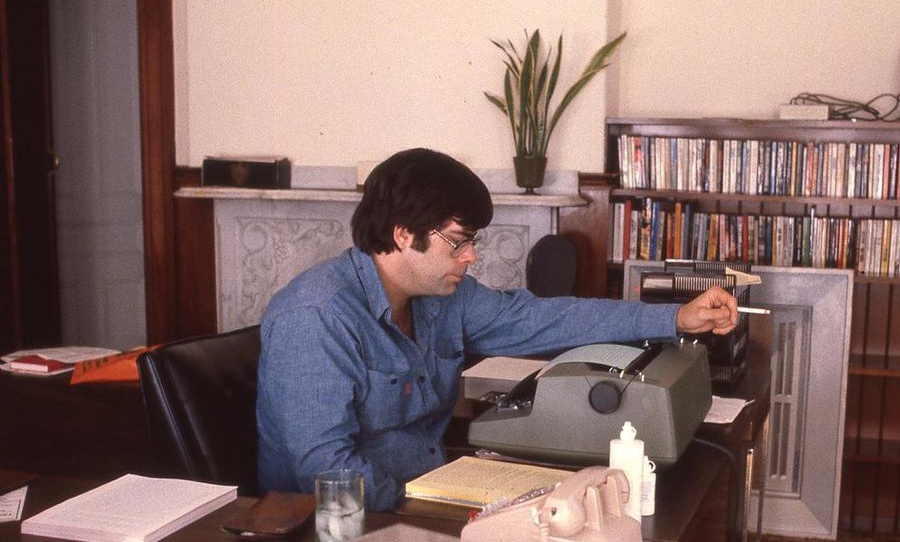
One Hundred Years of Solitude – Gabriel Garcia Marquez (1970)
One Hundred Years of Solitude tells the story of the Buendia family and chronicles the irreconcilable conflict between the desire for solitude and the human need for love through a rich, intergenerational family saga. Having influenced multiple generations of writers, García Márquez’s book was revolutionary for its time and extended the boundaries of the traditional literary genre — One Hundred Years of Solitude is universally recognized as the world’s first magical realist novel.
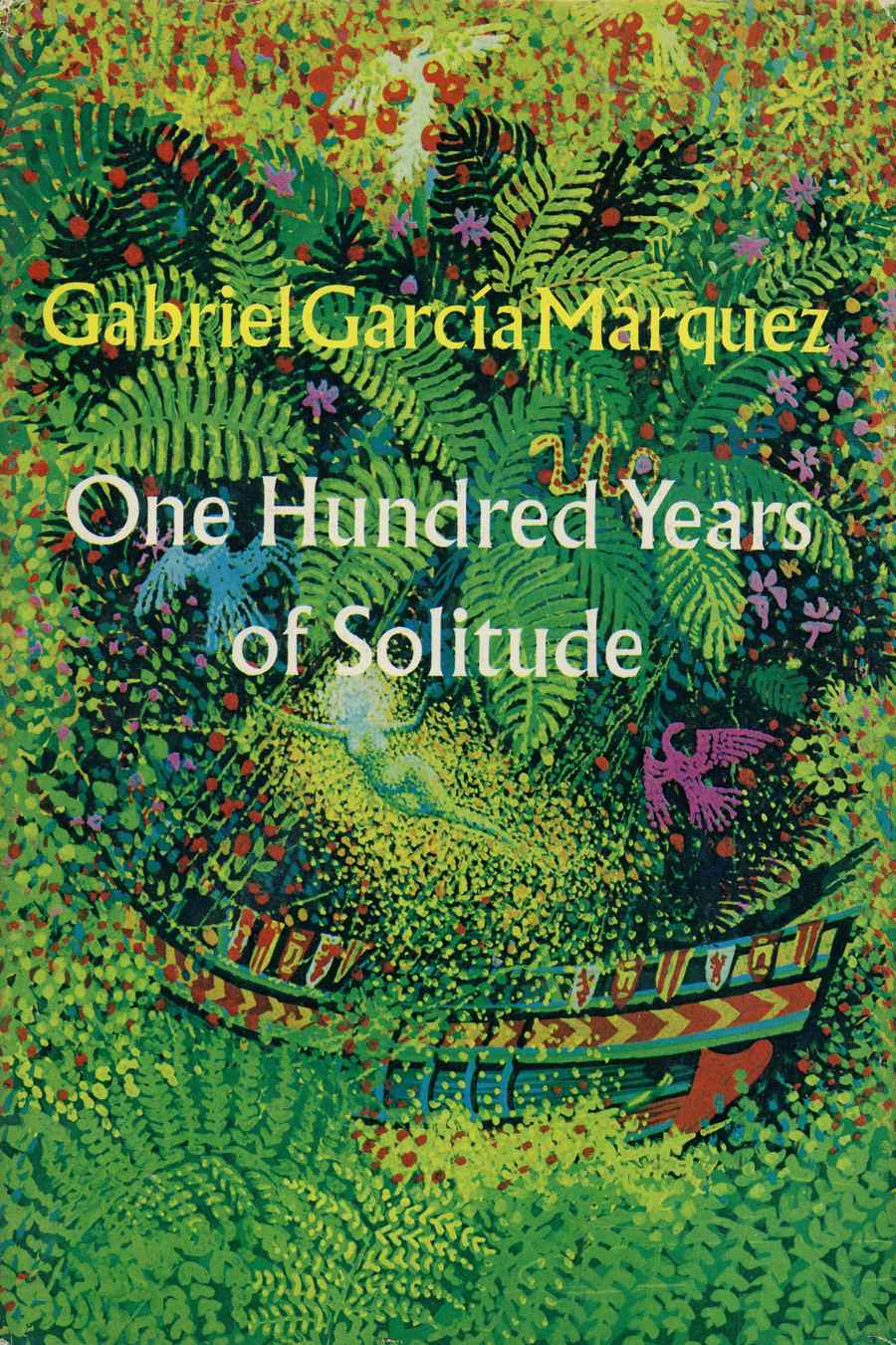
The Bluest Eye – Toni Morrison (1970)
Set in Toni Morrison’s hometown of Lorain, Ohio, The Bluest Eye tells the story of black, eleven-year-old Pecola Breedlove. Pecola prays for her eyes to turn blue so that she will be as beautiful and beloved as all the blond, blue-eyed children in America. In the autumn of 1941, the year the marigolds in the Breedloves’ garden do not bloom, but Pecola’s life does change- in painful, devastating ways. A devastating exploration into womanhood, Blackness and oppression, The Bluest Eye is one of Morrison’s most affecting fiction books.
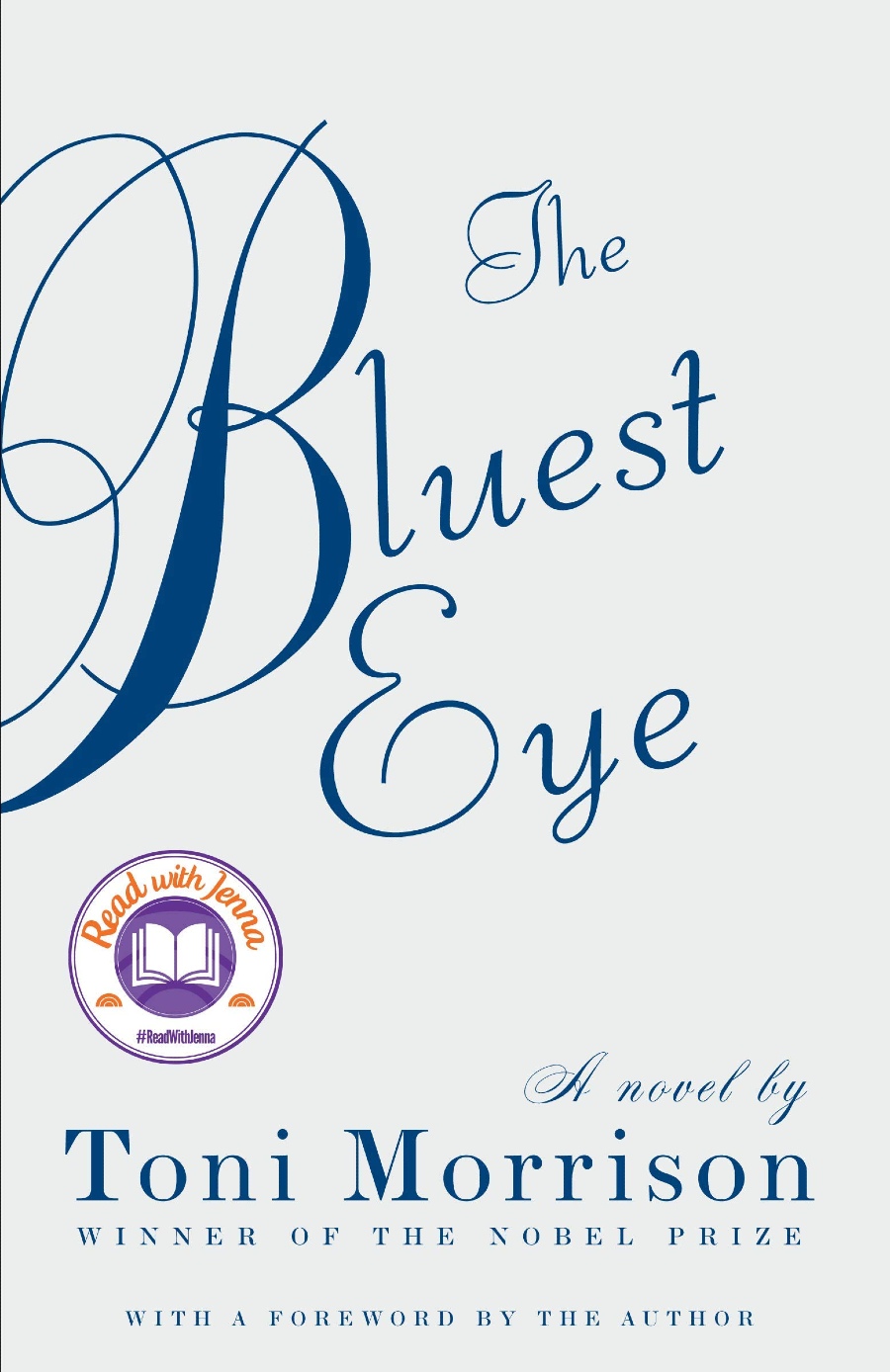
The Exorcist – William Peter Blatty (1971)
An extraordinary classic work of horror and dark paranormal suspense, The Exorcist follows the story of a desperate mother, Chris MacNeil, and two priests, fighting to free the soul of a little girl, Regan, from a supernatural entity of pure malevolence. William Peter Blatty’s book is more than just a richly descriptive horror story. The Exorcist is a critical commentary of “good” versus “evil,” the nature of religious faith or a lack thereof, and the fragility of the human spirit.
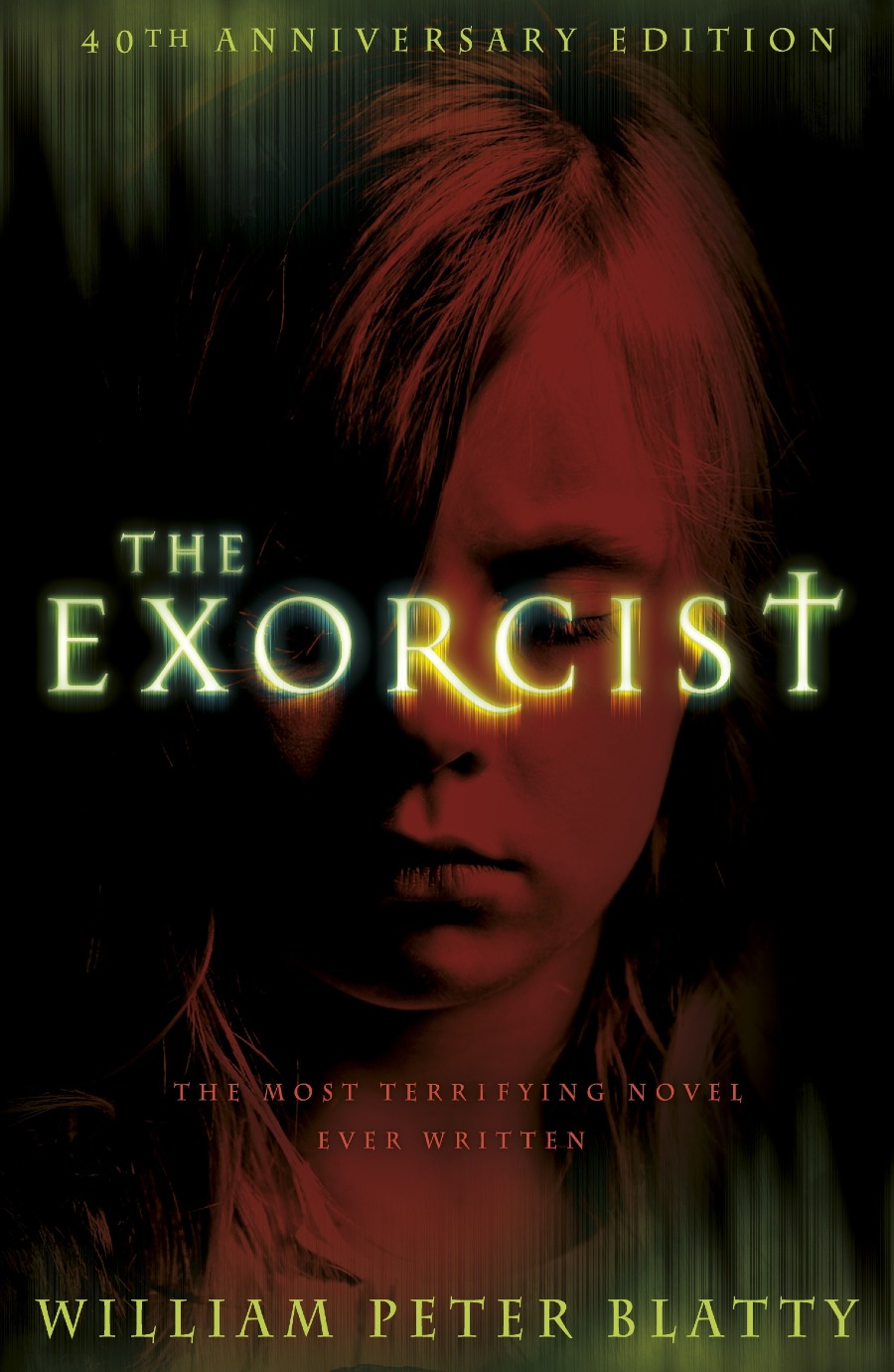
In a Free State – V.S. Naipaul (1971)
Winning the 1971 Booker Prize, V.S. Naipaul’s In A Free State consists of a framing narrative and three short stories – One out of Many, Tell Me Who to Kill, and the title story, In a Free State. The three narratives follow an Indian servant who moves from Bombay to Washington D.C. with his diplomat master, British expatriate workers who have moved to Africa in search of personal redemption (or so we believe), and a West Indian student and his brother, who move to London.
A stunning narrative of emigration, dislocation, and dread, Naipaul’s In A Free State is lucidly written and his characters are richly drawn, allowing for a profound insight into the collision of culture and identity in a post-colonial society.
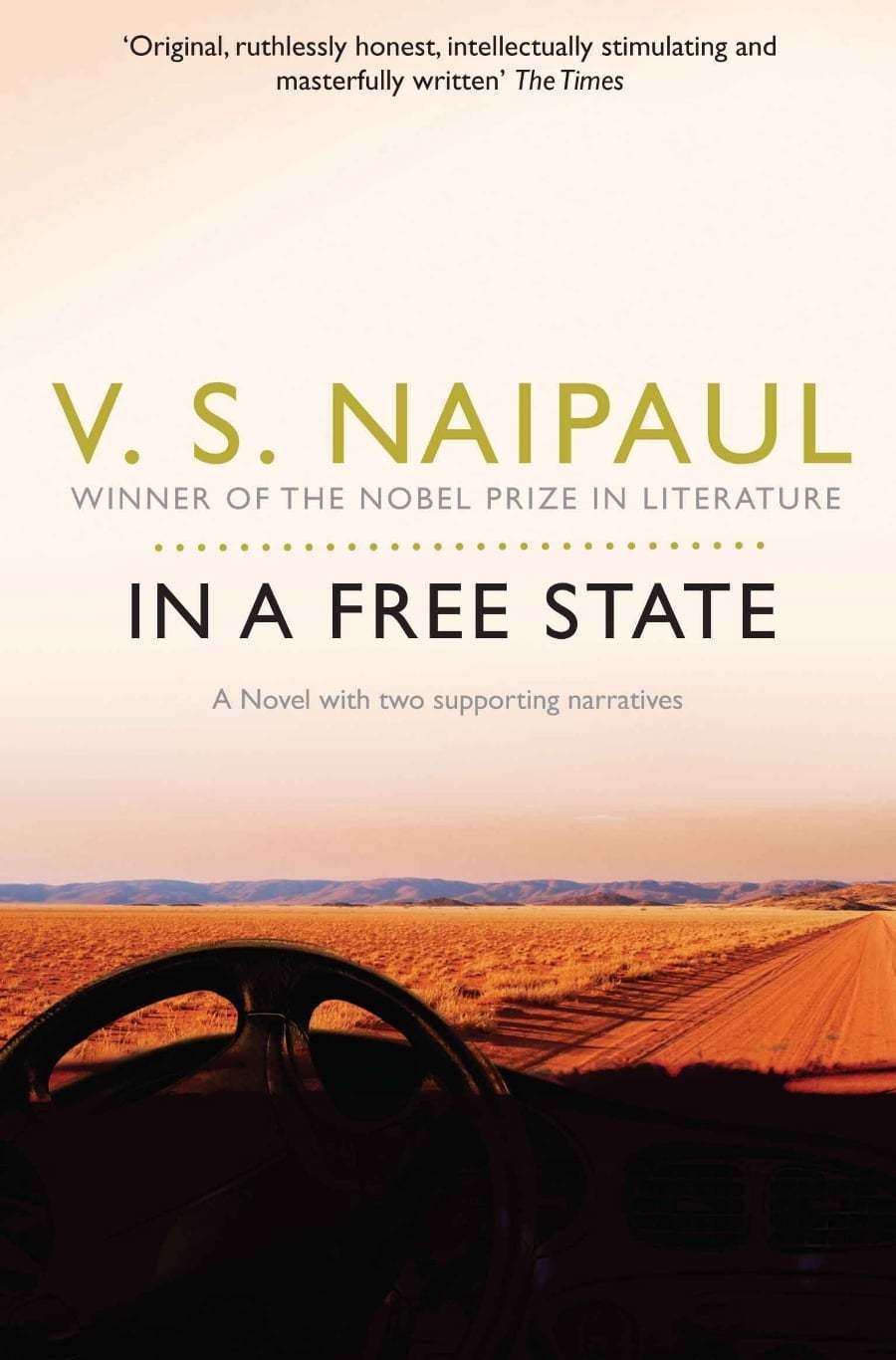
Fear and Loathing in Las Vegas – Hunter S Thompson (1972)
Fear and Loathing in Las Vegas detail the journey of Raoul Duke, a journalist, and his friend, Dr. Gonzo, an attorney, who head to Las Vegas seemingly to witness the mint 400 motorcycle race. In reality, the novel details the duo’s chase after the so-called American dream, as they venture across the country — drug-soaked, addle-brained, and hopeful to find something pure in the chaos, grime, and excess, of Las Vegas.
Hunter Thompson was a particularly “method” writer, allegedly having consumed: Chivas Regal, Dunhills, cocaine, orange juice, marijuana, Heineken, LSD, Chartreuse, clove cigarettes, gin, and pornographic movies, while writing the fiction book.
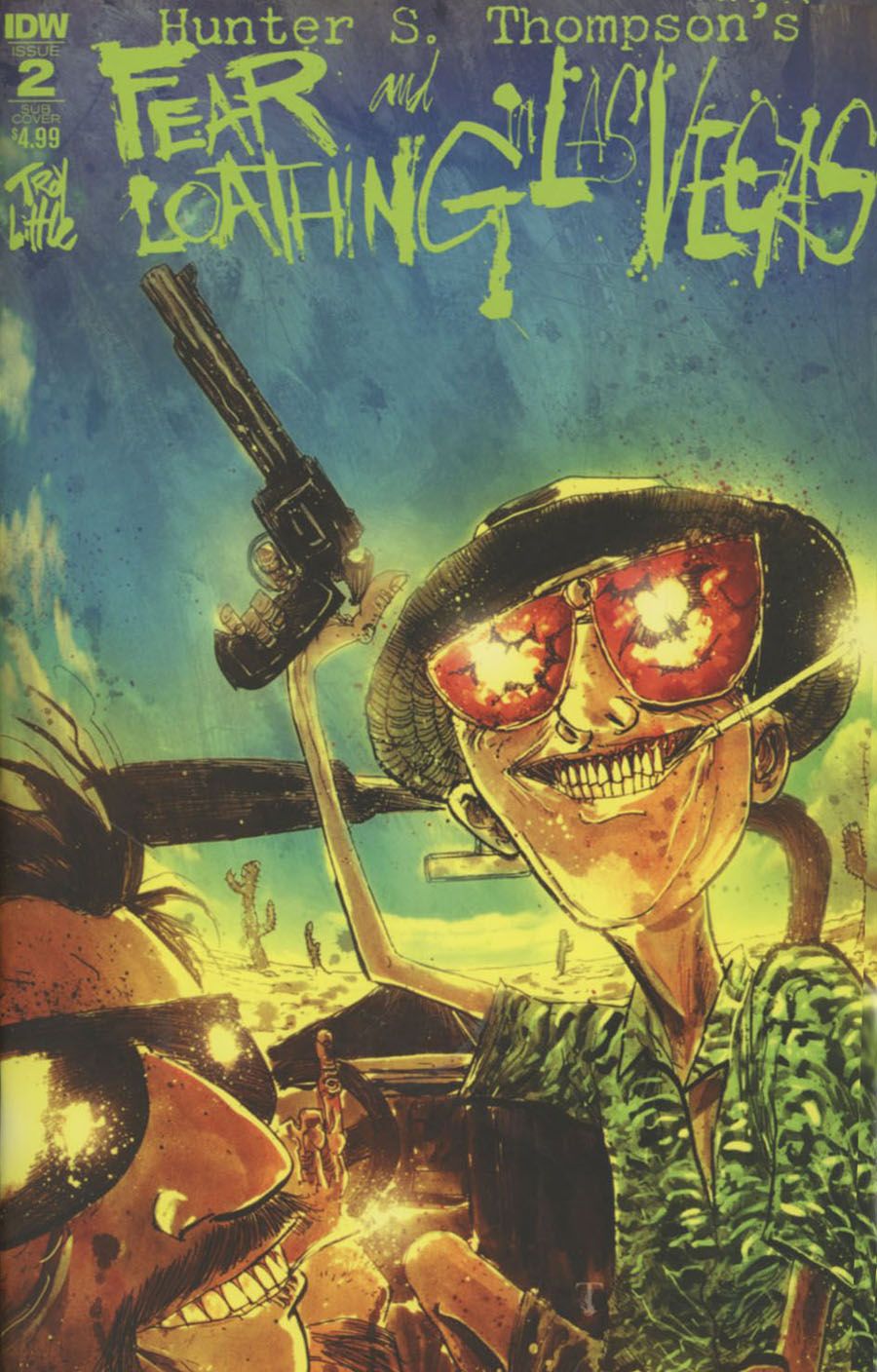
Invisible Cities – Italo Calvino (1972)
Originally written in Italian by Italo Calvino in 1972, and then later translated into English, Invisible Cities details the descriptions of cities by an explorer, Marco Polo, to the elderly emperor Kublai Khan. The book does an incredible job of interrogating the structural qualities of literature — subverting the story of the archetypal travel literature hero, the famed 13th-century Venetian merchant Marco Polo, while narrating the stories of the fictitious cities, all named after women, in brief, prose poems. Each poem is read as a parable on culture, language, time, memory, society, and death.
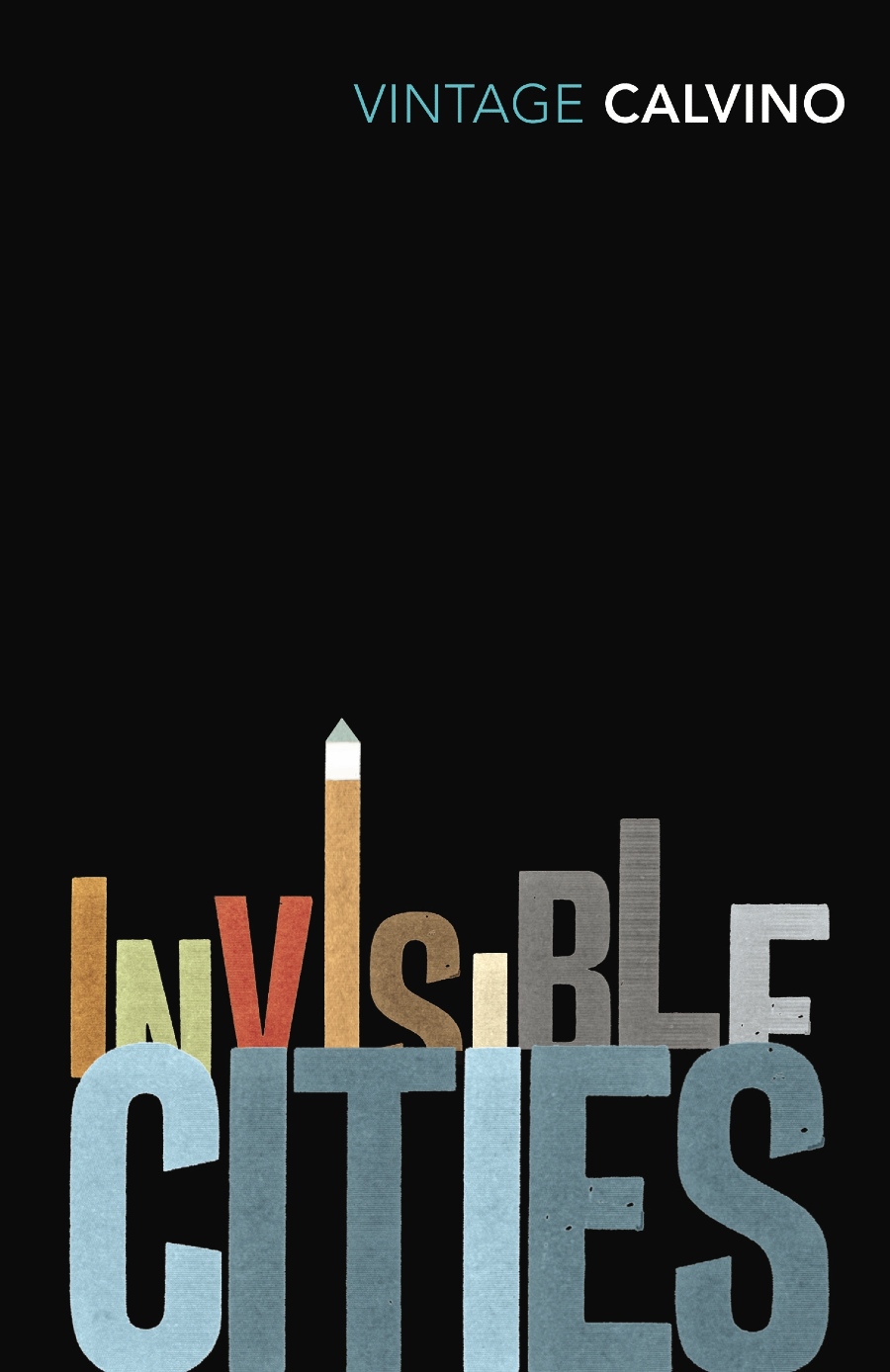
Gravity’s Rainbow – Thomas Pynchon (1973)
Gravity’s Rainbow is a monster of a fiction book — considered by critics as equally exhaustive of a read to the second half of the 20th century, that Ulysses was to the first. Gravity’s Rainbow details the journey undertaken by multiple characters to uncover the secret of a mysterious device, the Schwarzgerät (“black device”), which is slated to be installed in a rocket with the serial number “00000,” with the narrative being set primarily at the close of World War II in Europe.
Thomas Pynchon’s book was ranked by TIME as one of the best English-language novels, in a list that covered the years 1923 to 2005. It was critically acclaimed upon publication and has been defined as the marker of post-modernist literature in the latter half of the 20th century, as well as one of the greatest American novels of all time.

Name a book that blew the doors off of the frame of your mind when you first read it and changed what you thought literature was capable of being – I’ll start:
One Hundred Years of Solitude by Gabriel García Marquez just unearthed me. First read around 91 or so.
— Broken Fiction ✏️📖 (@BrokenFiction) June 15, 2021
Breakfast of Champions – Kurt Vonnegut (1973)
One of Kurt Vonnegut’s most influential fiction books, Breakfast of Champions narrates the lives of two characters: Dwayne Hoover, a Midland resident, Pontiac dealer, and affluent figure in the city, as well as Kilgore Trout, a widely published but mostly unknown science fiction author. A tour de force of satirical wit, Breakfast of Champions, is full of Vonnegut’s characteristic, razor-sharp social criticism.
The book is loaded with a social commentary on the nature of humanity’s essential, negative traits: unadulterated greed, pure avarice, and a faltering, perhaps even non-existent sense of morality and conviction. Wryly written, Vonnegut satirically analyses the human complexities in the context of war, sex, racism, success, and politics.

The Conservationist – Nadine Gordimer (1974)
The Conservationist is a sprawling, dense rendering of apartheid-era White South African consciousness. The protagonist Mehring, is a successful Johannesburg capitalist who has all the privileges and possessions that South Africa has to offer. Despite this, his wife, son, and mistress leave him; his foreman and workers become increasingly indifferent to his stewardship; even the land rises up, as drought, then flood, destroy his farm. Winning the Booker in 1974, Gordimer’s book is a fascinating character study of a protagonist that increasingly fractures under the strain of consumerism, the politics of apartheid, and social malaise.
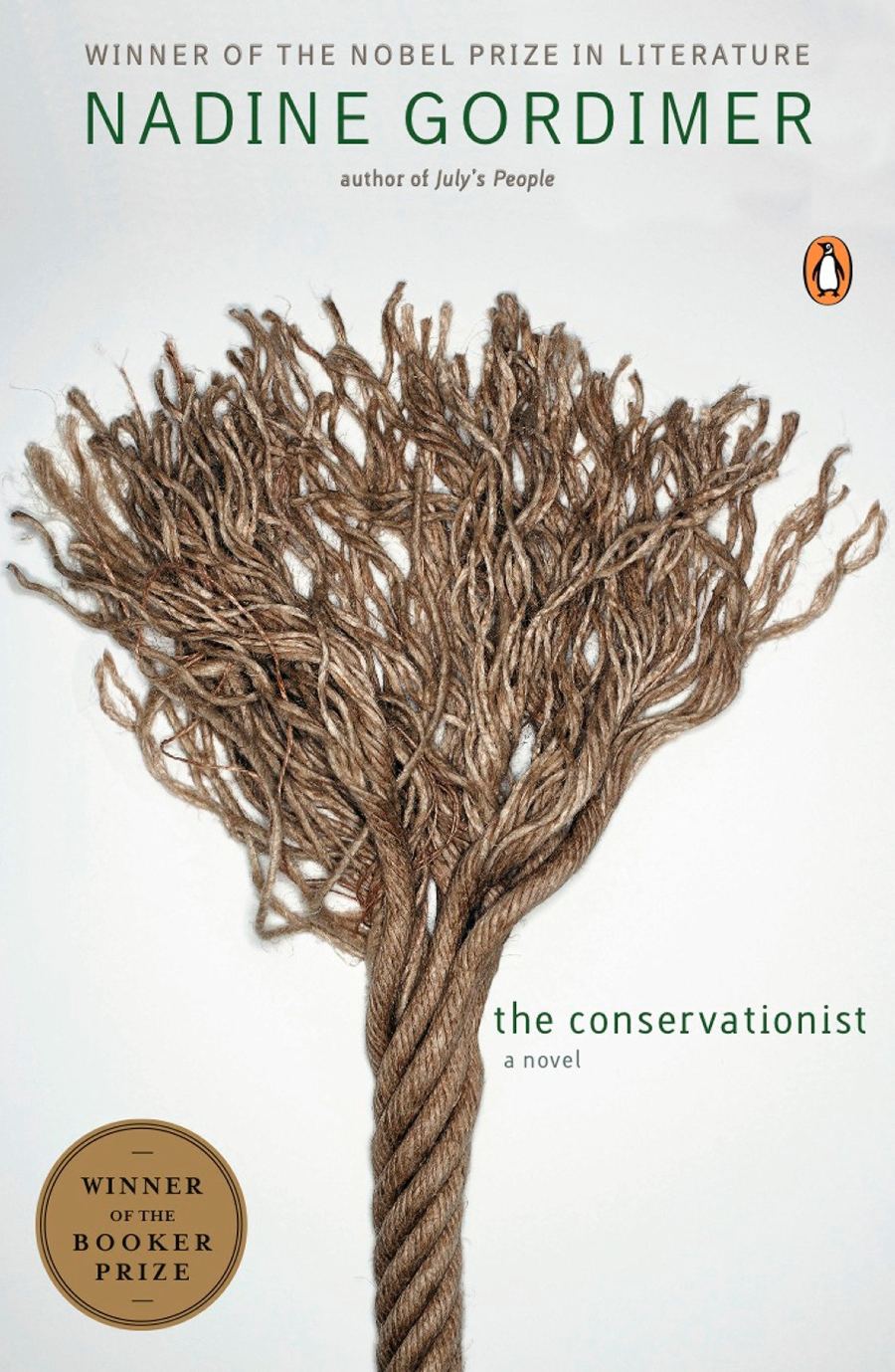
Carrie – Stephen King (1974)
One of the most iconic horror narratives in cultural history, Stephen King’s horror fiction book has been adapted into countless adaptations for stage, film, and TV. King’s original book, Carrie, is written in the epistolary form, using newspaper clippings, magazine articles, letters, and excerpts from books to narrate how the eponymous Carrie, who discovered her telekinetic ability during high school, destroyed the fictional town of Chamberlain, Maine while exacting revenge on her classmates and her mother Margaret.
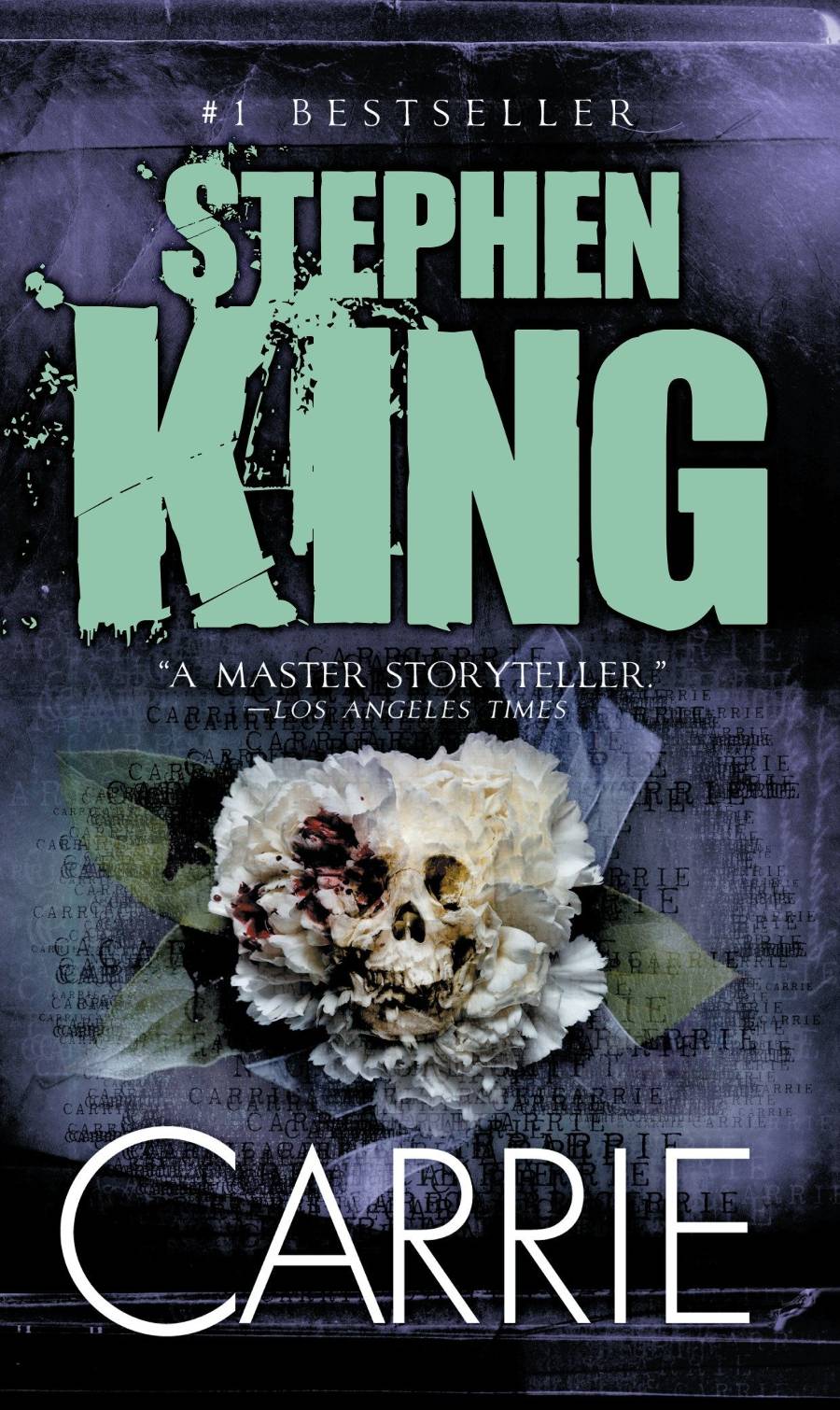
The Dispossessed – Ursula K. Le Guin (1974)
The Dispossessed is a science fiction book set in the fictional universe of the seven novels of the Hainish Cycle, created by Ursula K. Le Guin, and deals with thematic concerns like anarchism, revolutionary societies, capitalism, and individualism and collectivism. The book uses a dual-narrative cycle to follow the story of Shevek, a brilliant physicist. The first narrative is a linear account of Shevek’s coming of age amid the anarchism of Annares, and the second is an account of his growing disillusionment with the twin-world of Uras.
As reviewed in The Guardian, “As anyone who has read a Le Guin book might expect, her prose is generally impressive. True (and this also should be expected) the writing can be dense, opaque, and occasionally absurd; she doesn’t exactly have a light touch. But there are some fine descriptions of desert life on Annares, and the struggle for survival, horrors, and sensual joys available on Uras. There’s also real emotional heft in Shevek’s intellectual travails and a slow-burning love story.”
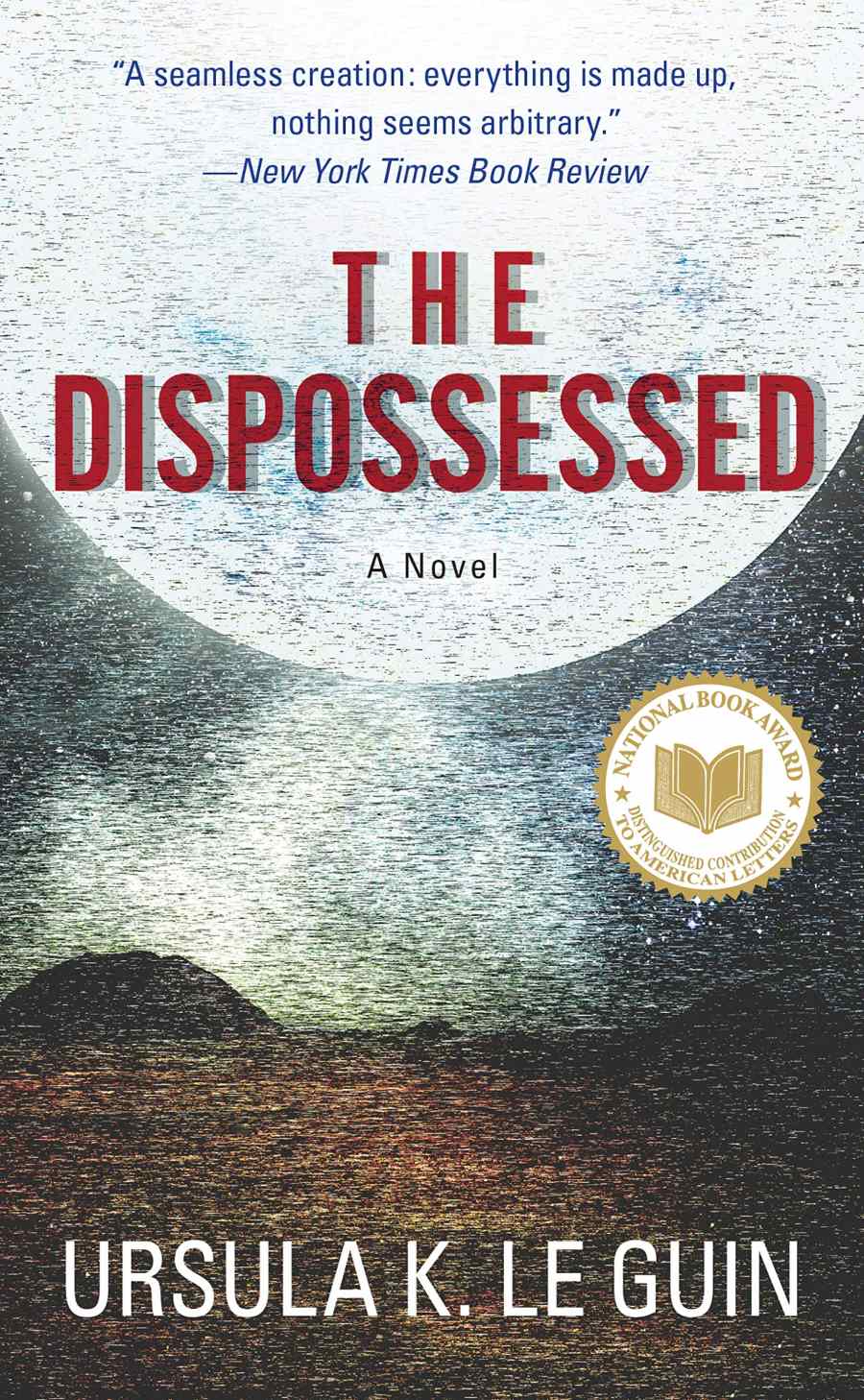
Zen and the Art of Motorcycle Maintenance – Robert. M. Pirsig (1974)
Robert M. Pirsig’s Zen & the Art of Motorcycle Maintenance looks at how we live, wrapped up beautifully in a meditation on how to live better, all the while following the story of a summer motorcycle trip across America’s Northwest, undertaken by a father & his young son.
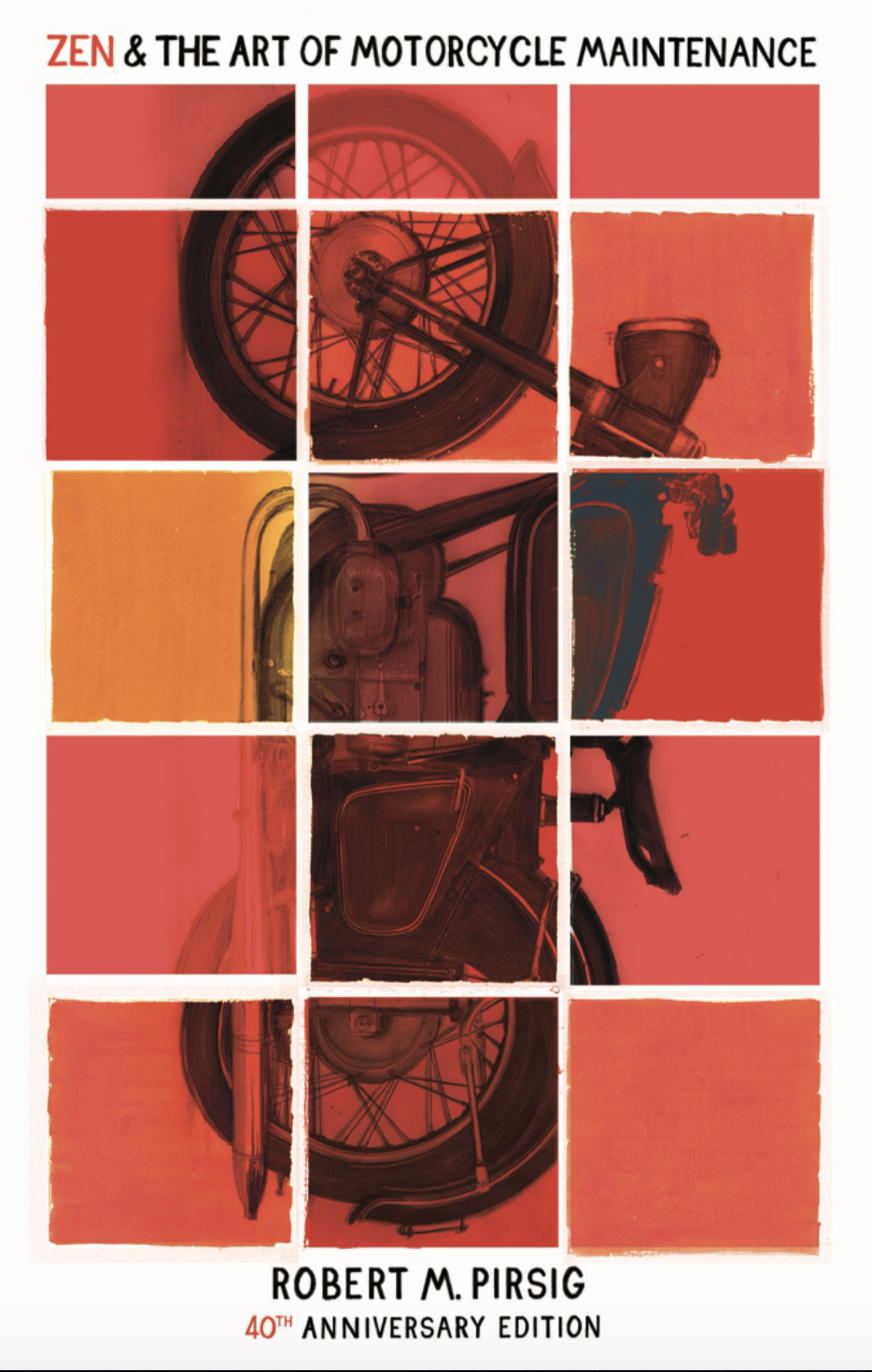
Ragtime – E. L. Doctorow (1975)
Ragtime is a richly complex, painstakingly detailed depiction of America in the years that preceded World War I — as a nation that fostered an environment of extremes, where capitalists thrived in the excess of wealth, as the poor simultaneously struggled to survive in the face of miserable poverty. A weaving tapestry of narratives, E.L. Doctorow blurs the line between historical fact and fiction, as fictional characters experience Henry Ford, Emma Goldman, J.P. Morgan, Evelyn Nesbit, Sigmund Freud & Emiliano Zapata slip in and out of their lives.

Humboldt’s Gift – Saul Bellow (1975)
Humboldt’s Gift, for which Saul Bellow won the Pulitzer Prize for Fiction in 1976, is a self-described “comic book about death,” whose title character is modeled on the self-destructive lyric poet Delmore Schwartz. The novel follows the protagonist Charlie Citrine, a young man filled with a love of literature, who writes to his hero poet Von Humboldt Fleisher, resulting in an invitation to visit his idol in Greenwich Village. Citrine comes to New York just as Humboldt is hitting his sole crest of popularity because of his book of ballads, only to witness the poet’s spiral into self-destruction as he loses it all.
What follows is a profound meditation on the nature of art, fame, and philosophy, as well as artistic friendship, ambition, and spiritual questioning, that bursts with indelible imagery and delicate humor.
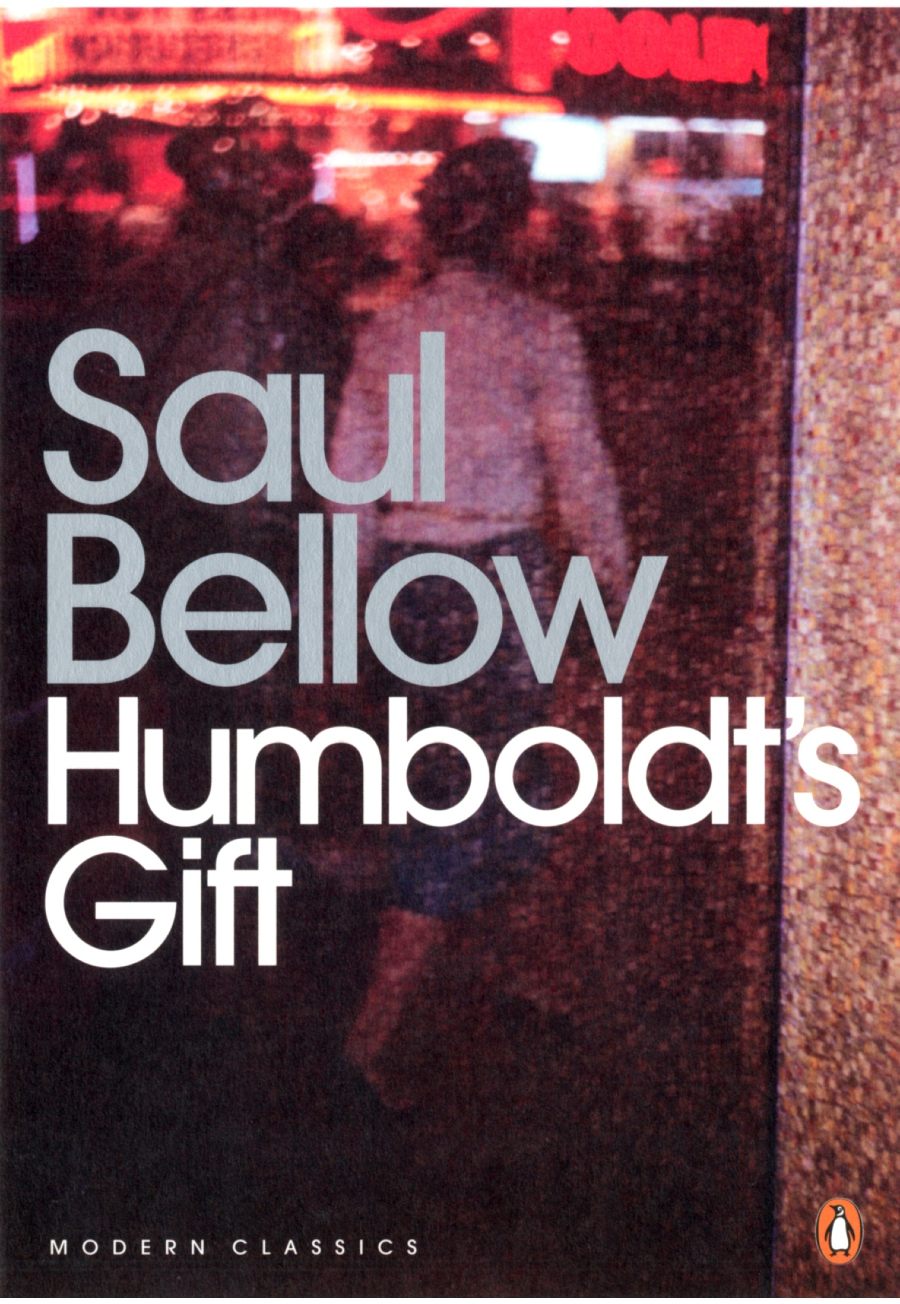
Saville – David Storey (1976)
Winner of the 1976 Booker Prize, David Storey’s Saville follows the life of Colin, a young boy growing up in the fictional Yorkshire mining village of Saxton during the Second World War and the postwar years, and details his journey through education — navigating social mobility, mediocrity, and class struggle as he navigates a society reeling from the devastation of war, loss, and poverty.
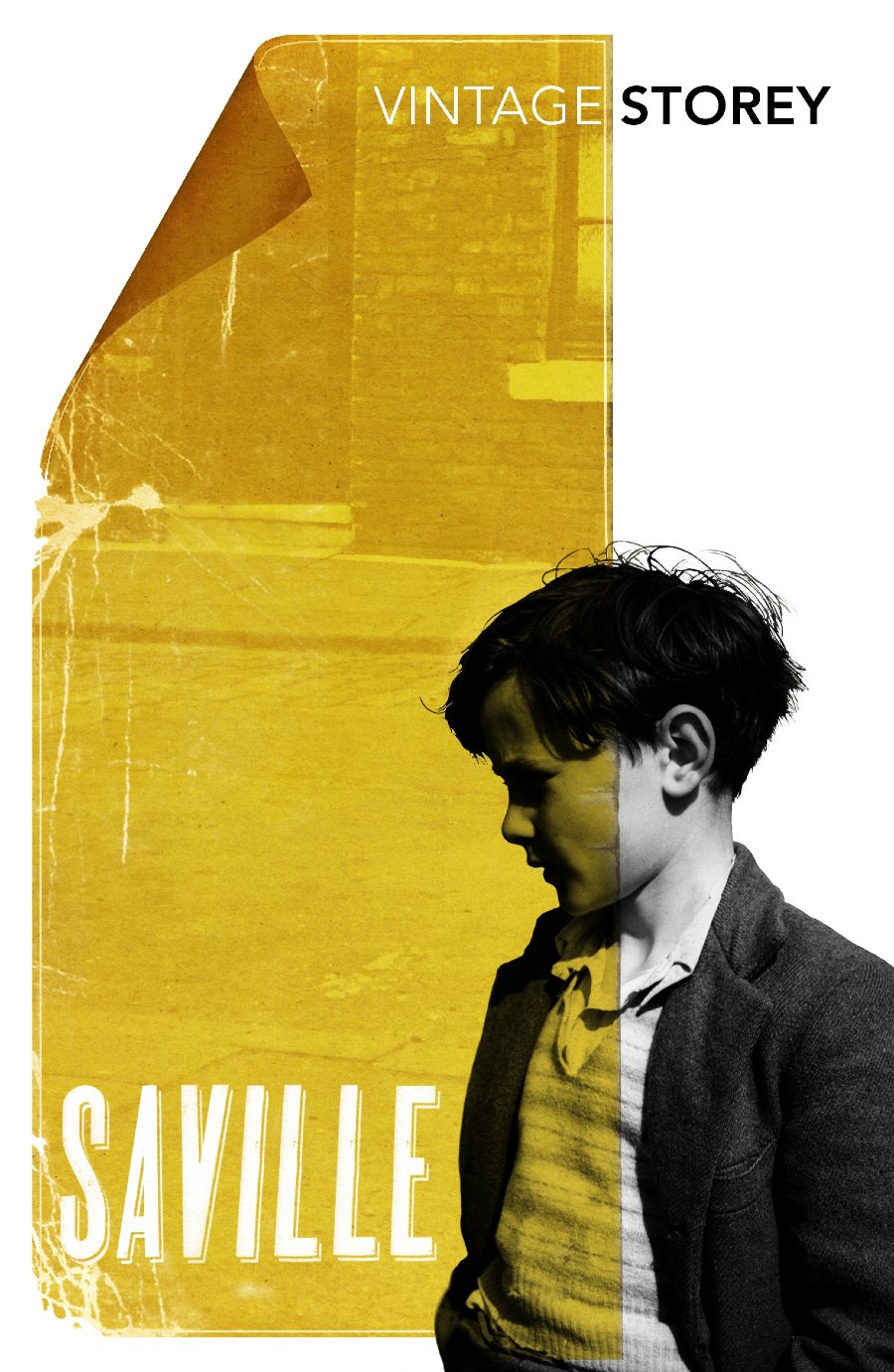
A School For Fools – Sasha Sokolov (1976)
Originally written in Russian, Sasha Sokolov’s A School For Fools follows the lives of two “unreliable” narrators: the young man who is a student at the “school for fools” and his double. What begins as a reverie (with frequent interruptions) comes to seem a sort of fairy-tale quest not for gold or marriage but for self-knowledge, with Sokolov constructing a narrative of the life of the imagination in conversation with reason, straining at the limits of language; in the words of Vladimir Nabokov, “an enchanting, tragic, and touching book.”
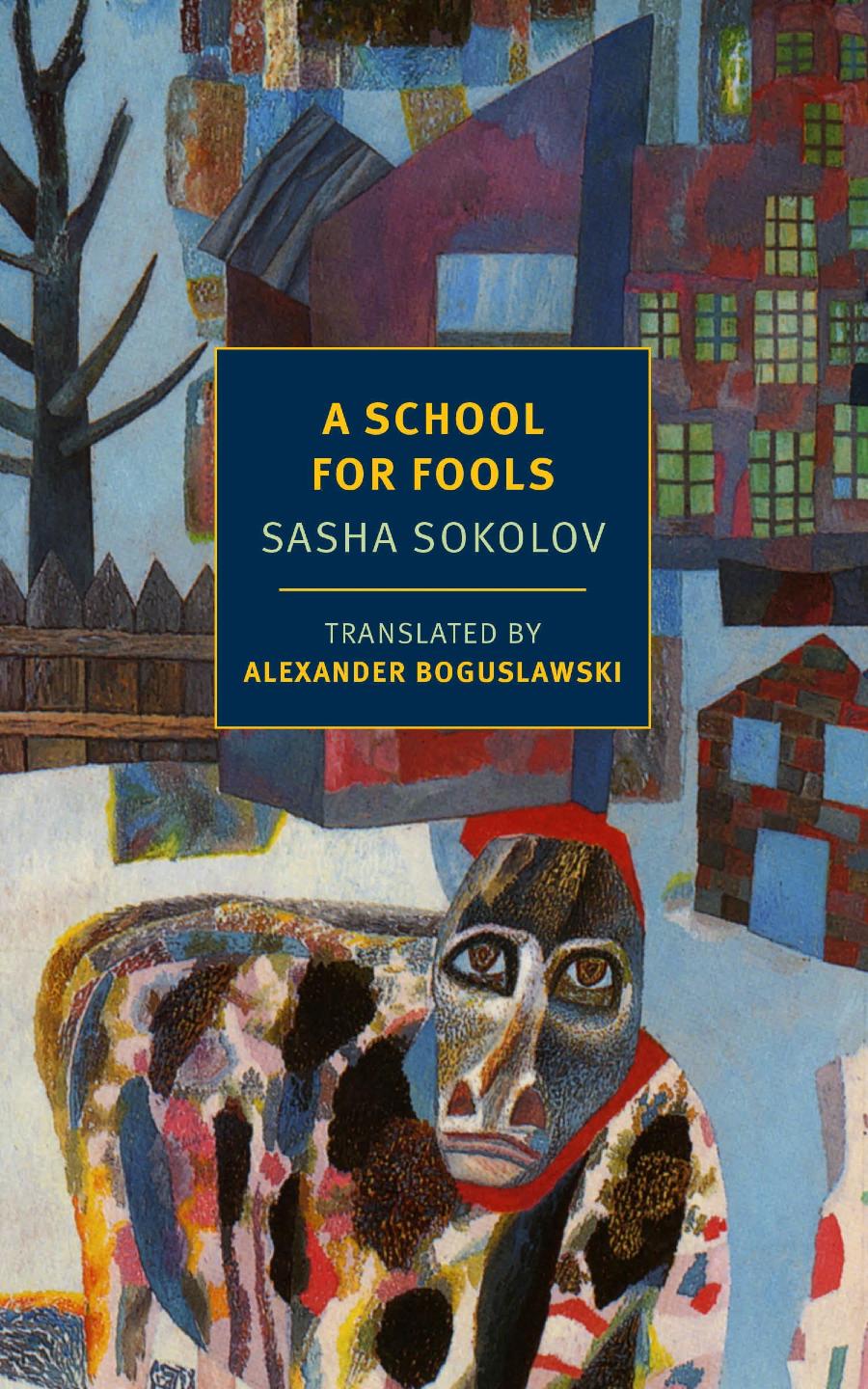
#SummerReading
Sasha Sokolov, A School for Fools (1976), a feast of nostalgia, summer and winter butterflies, love and time pic.twitter.com/pEPEGTXJUg— Fabrice Lyczba (@flyczb) July 3, 2018
Roots: The Saga of an American Family – Alex Haley (1976)
Winning a Pulitzer Prize and a National Book Award in 1977, Roots: The Saga of An American Family follows the life of Kunta Kinte, an 18th-century African, captured as an adolescent, sold into slavery in Africa, transported to North America; detailing his life and the lives of his descendants in the United States. The cultural impact of Alex Haley’s book was monumental — it sparked a national conversation in the ’70s about African-American genealogy and history, leading to the development of a TV show adaptation the next year, that became one of the most-watched shows by Americans in history.

Interview with the Vampire – Anne Rice (1976)
Interview with a Vampire follows Louis de Pointe du Lac, as he narrates the tale of his mortality and immortality, to a reporter. Originally written by Anne Rice as a short story, the book weaves a multitude of characters into a tapestry of the human soul, capturing the essence of life experiences and their consequences. Beginning from du Lac’s adolescence in 1791, the novel spans two hundred years, the landscapes of America and Europe, and explores themes of immortality, change, loss, sexuality, and power.

Song of Solomon – Toni Morrison (1977)
Song of Solomon follows Toni Morrison’s protagonist Milkman, from his rustbelt city to the place of his family’s origins, from birth to adulthood. Morrison introduces an entire cast of strivers and seeresses, liars and assassins to create inhabitants of a fully realized Black world.
As reviewed in the New York Times in 1977: “from the beginning, when Robert Smith of the North Carolina Mutual Life Insurance Company can’t fly on the day Macon Dead Jr. is born to the end, when Milkman “fleet and bright as a lodestar” wheels in the night sky, Toni Morrison is in control of her book, her poetry. Out of the decoding of a children’s song, something heroic standing out of possibility and leap of faith; out of quest, the naming of our fathers and ourselves. the first two-thirds of “Song of Solomon” are merely wonderful. The last 100 pages are a triumph.”
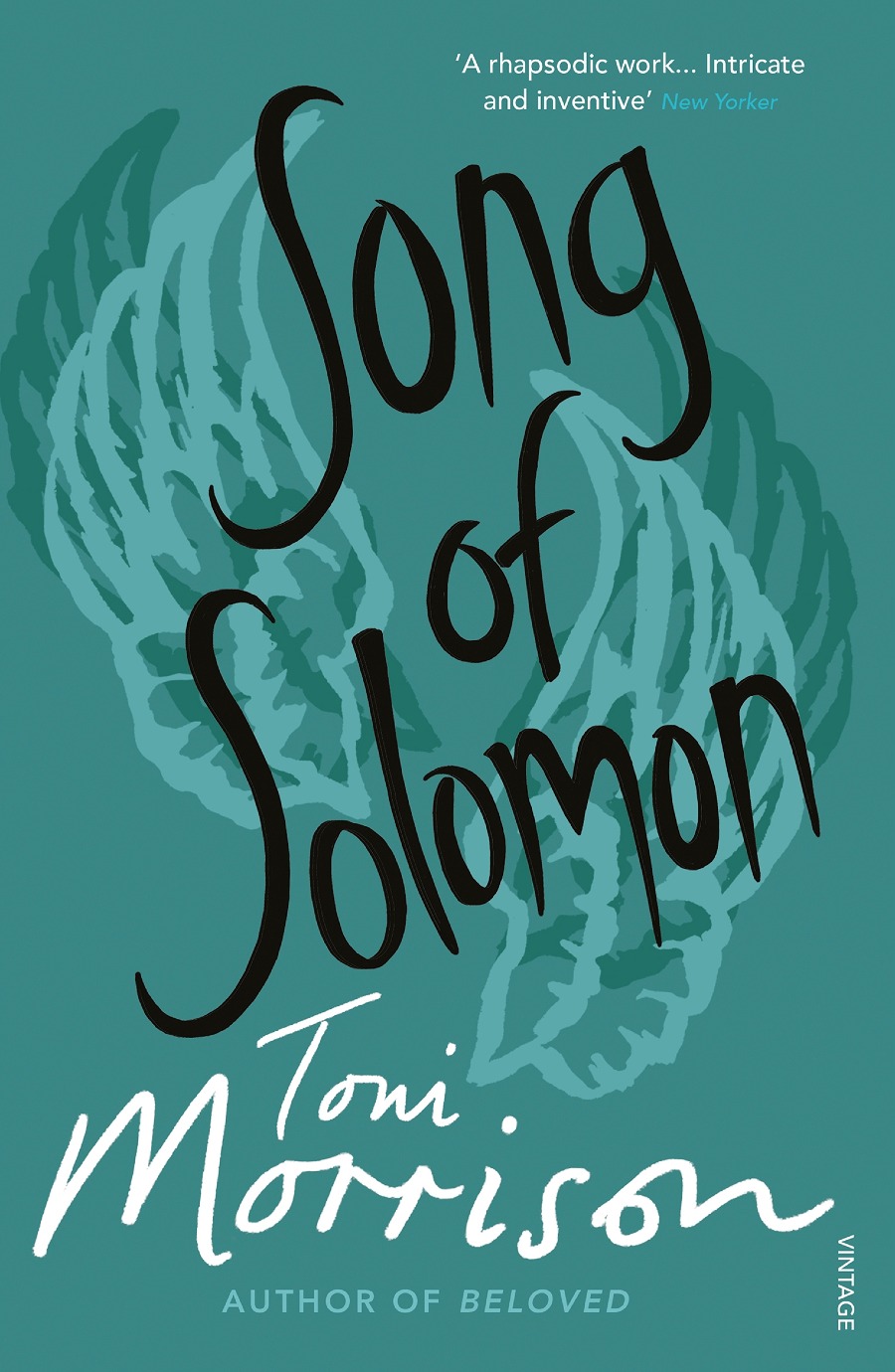
The Sea, The Sea – Iris Murdoch (1978)
Winning Iris Murdoch the Booker Prize in 1978, The Sea, The Sea is a powerful novel that narrates the life of Charles Arrowby, a late-middle-aged, bumbling, morally dubious, veteran of theater, who attempts to write a memoir of his life that spirals into an exploration of human vanity, jealousy, and lack of compassion behind the disguises Arrowby and his fellow characters present to the world.
By the time she came to write The Sea, The Sea, Murdoch had already published eighteen novels and several times been short-listed for the Booker Prize. Concentrating her talents on the tenacious demon of egotism, her 19th novel lays out an absorbing world of magic, illusion, and power—supernatural as well as theatrical, spiritual as well as worldly.
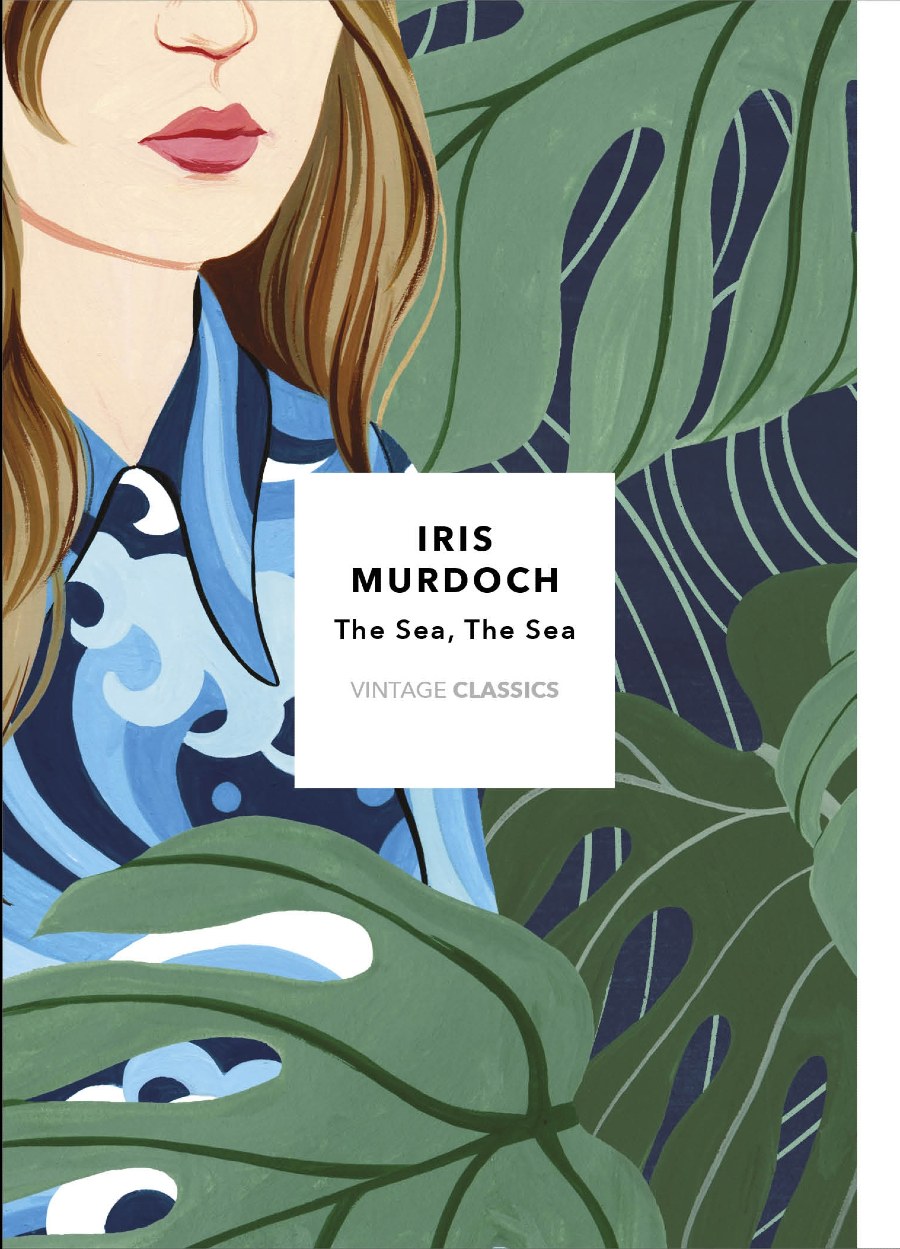
Jailbird – Kurt Vonnegut (1979)
Making another appearance on this list is the one and only Kurt Vonnegut, master of black humor and satirical writing. Jailbird is widely referred to as Vonnegut’s “Watergate” novel, discussing themes of conglomerate capitalism, trade-union labour, and the events of the Watergate scandal, among others, through the eyes of the narrator Walter F. Starbuck. Loaded with political satire comedy, Jailbird successfully launched Vonnegut from sci-fi (you may have heard of the small, indie book Slaughterhouse Five) to the second phase of his long, illustrious career, satirically writing of humanism, cynicism, politics, and exploring his love for gallows humour.
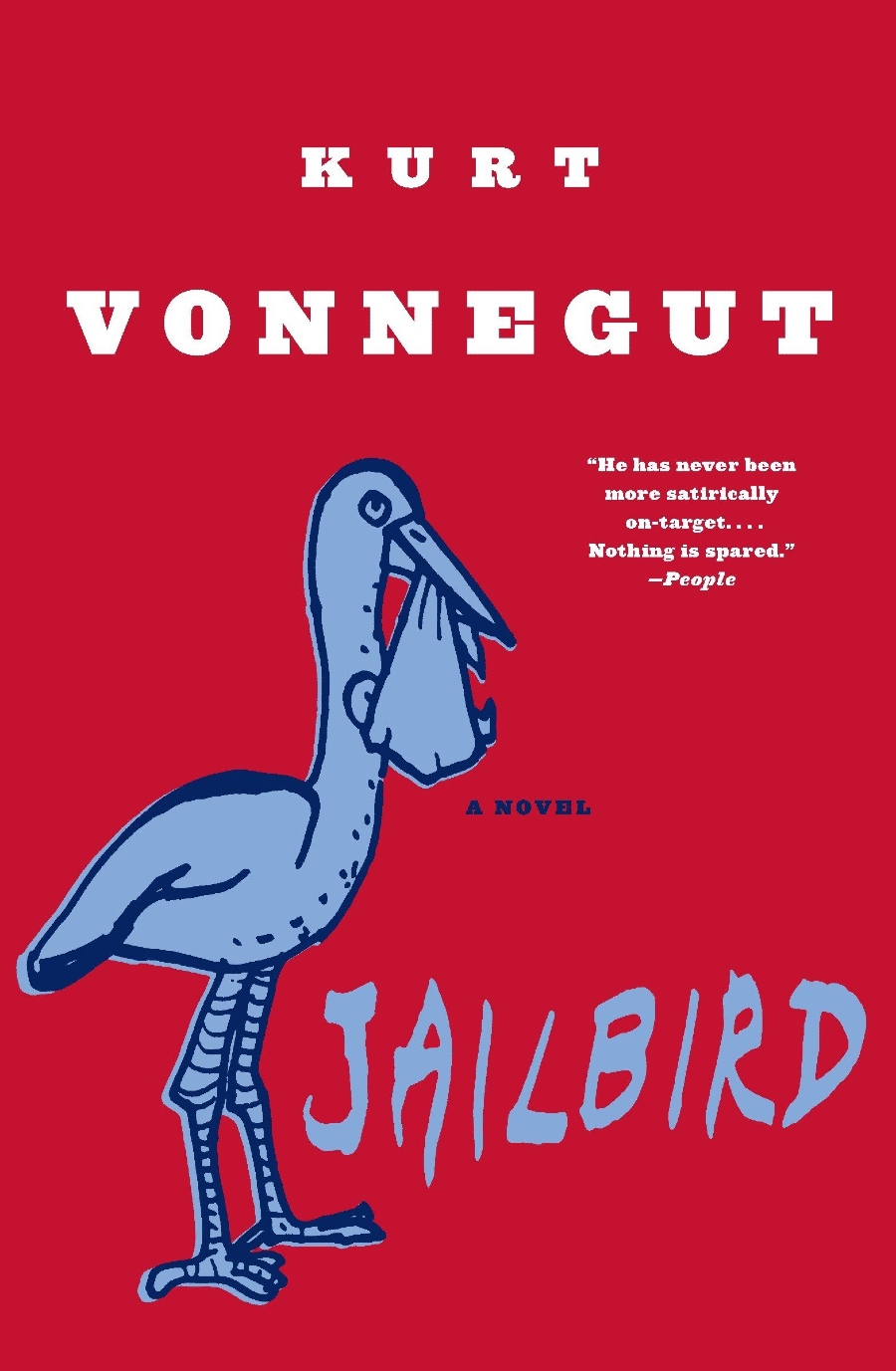
Kindred – Octavia E. Butler (1979)
One of the most influential works of Afrofuturism, Kindred follows Dana, a 26 year-old African-American woman who is inexplicably transported through time into Antebellum Maryland. A combination of slave memoir, fantasy, and historical fiction, Octavia E. Butler’s wildly inventive novel has become a timeless work in the canon of African-American literature.
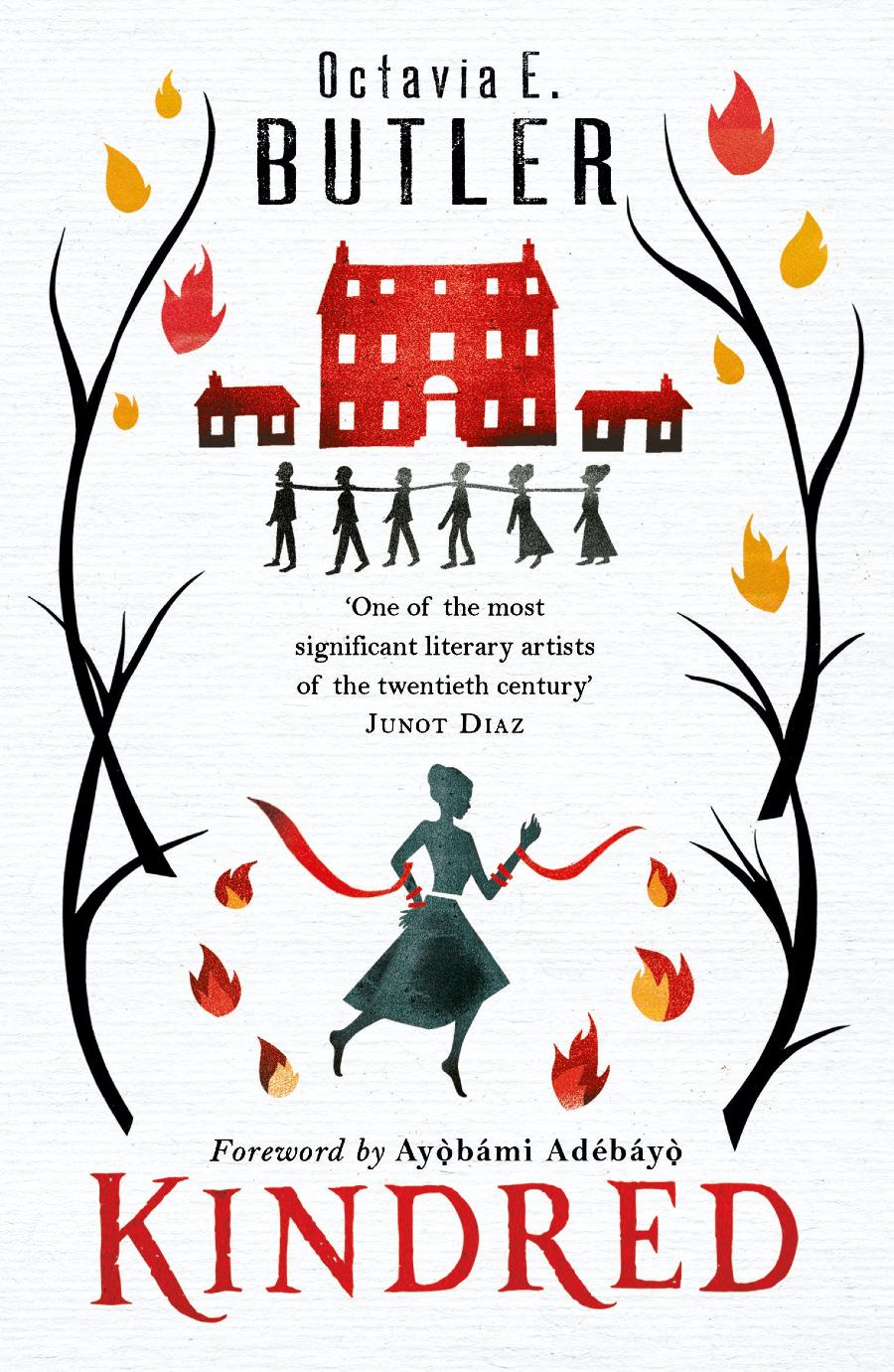
Sophie’s Choice – William Styron (1979)
Arguably best known for its film adaptation, where Meryl Streep won the Academy Award for Best Actress, Sophie’s Choice follows the lives of three individuals living in a boarding house in Brooklyn, New York: Stingo, a young aspiring writer from the American South, the Jewish scientist Nathan Landau and his lover Sophie, a Polish Catholic survivor of the German Nazi concentration camps. Full of volatile, raw emotion, William Styron’s novel reflects on themes of unforgettable compassion, love, sex, guilt, abuse, and trauma.

